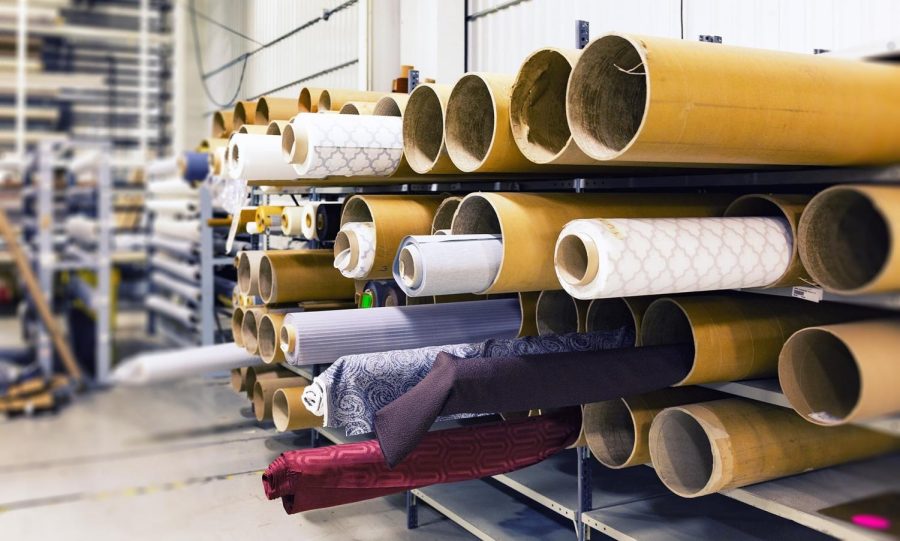Sustainable Fashion in an Unsustainable World
March 3, 2023
Since 2018, my sisters and I have been buying our clothes from thrift and second-hand stores. We began repurposing and upcycling items in innovative ways, like transforming a nylon mesh top into a reusable produce bag for grocery store runs. Although it started as a financial decision because 8th graders don’t have a budget for high-end shopping, I began to learn more about the fashion industry.
The fashion shows and galas are attractive, but they distract from the actual problem. The origin of major brands across the globe can be found in developing countries, where the working conditions are dangerous and the employees are paid below minimum wage. According to a study by Time, employees in some Shein factories make $20 a day.
Not only are companies such as Shein, H&M, Forever 21, and Zara some of the most popular brands today, but they are the primary contributors to the fast fashion industry. Made with poor-quality materials derived from plastic, such as polyester, acrylics, and nylons, the cheap clothing litters landfills months after the trends pass. Similar to the impacts of plastic bags and bottles, the clothing cannot biodegrade naturally.
Since learning more about the sourcing of the products I put on my body and sustainably filling my closet, I have been able to share my love of thrifting when my friends ask where I got my pants or when we debrief what we did last weekend. We even started going to Goodwill as a group and went back to school shopping at Plato’s Closet, a more upscale second-hand clothing store.
Crafting resolutions to problems in innovative ways, like creating sustainability within the fashion industry, is of high importance to me. While thrifting is slowly taking the world by storm, online brands still rule and hauls of cheap clothing are ordered daily. Clothes will inevitably always be needed though where we source them from is up to us. When we become more aware of the products we purchase and where they are sourced, we can create a better society that will not just help us today, but leave a better future for generations to come.





